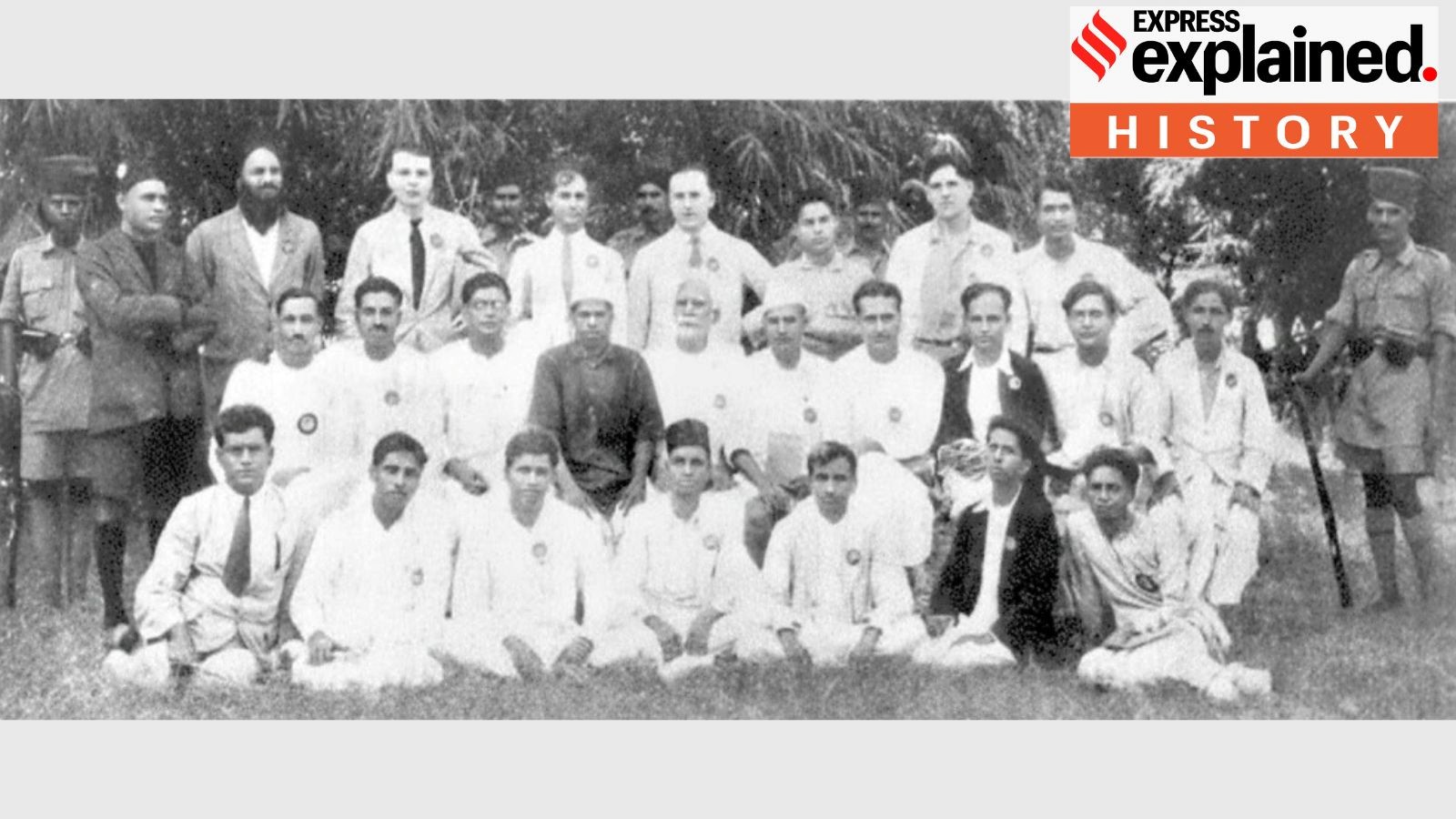



Kheer Bhawani, also known as Ksheer Bhawani or the Ragnya Devi temple, is a Hindu temple located 25 kilometres northeast of Srinagar, Jammu and Kashmir, India, in the village of Tulmulla in Ganderbal district.
Copyright infringement not intended
PC: Wikipedia
The recent terror assault in Pahalgam has resulted in a decreased turnout for the annual Jyestha Ashtami festival at Kashmir's Kheer Bhawani shrine.
|
What is it |
The Kheer Bhawani Festival (Mela Kheer Bhawani) celebrated on Jyestha Ashtami by Kashmiri Pandits. |
|
Location of Celebration |
Kheer Bhawani Temple, Tulmulla village, Ganderbal district, Jammu and Kashmir. |
|
Deity Worshipped |
Goddess Ragnya Devi, revered in the Kashmiri Hindu tradition. |
|
Sacred Spring & Ritual |
Temple built over a natural spring; devotees offer kheer (rice and milk pudding). |
|
Religious Significance |
Largest Kashmiri Hindu gathering in the Valley after the Amarnath Yatra. |
|
Beliefs About Water Color |
- Light color: Good times- Black color: Ominous sign (turned black in 1990 before the massacre) |
|
Historical Legacy |
Built by Maharaja Pratap Singh; renovated by Maharaja Hari Singh in early 1900s. |
|
Ancient Mentions |
Referenced in Rajtarangini (Kalhana), Bhrigu Samhita, and Ain-i-Akbari (Abu’l-Fazl). |
Source: The Hindu
|
Practice Question:
Tradition – State 1. Chapchar Kut festival — Mizoram 2. Khongjom Parba ballad — Manipur 3. Thong-To dance — Sikkim Which of the pairs given above is/are correct? Options: (a) 1 only (b) 1 and 2 (c) 3 only (d) 2 and 3 Correct Answer: (b) 1 and 2 Explanation: Chapchar Kut festival – Mizoram A spring festival celebrated by the Mizo community, marking the completion of jungle clearing for jhum cultivation. Khongjom Parba ballad – Manipur A traditional Manipuri ballad that narrates the heroic battle of Khongjom against the British in 1891. Thong-To dance – Sikkim No such recognized traditional dance form exists in Sikkim with this name. This is the incorrect pair. |




© 2026 iasgyan. All right reserved